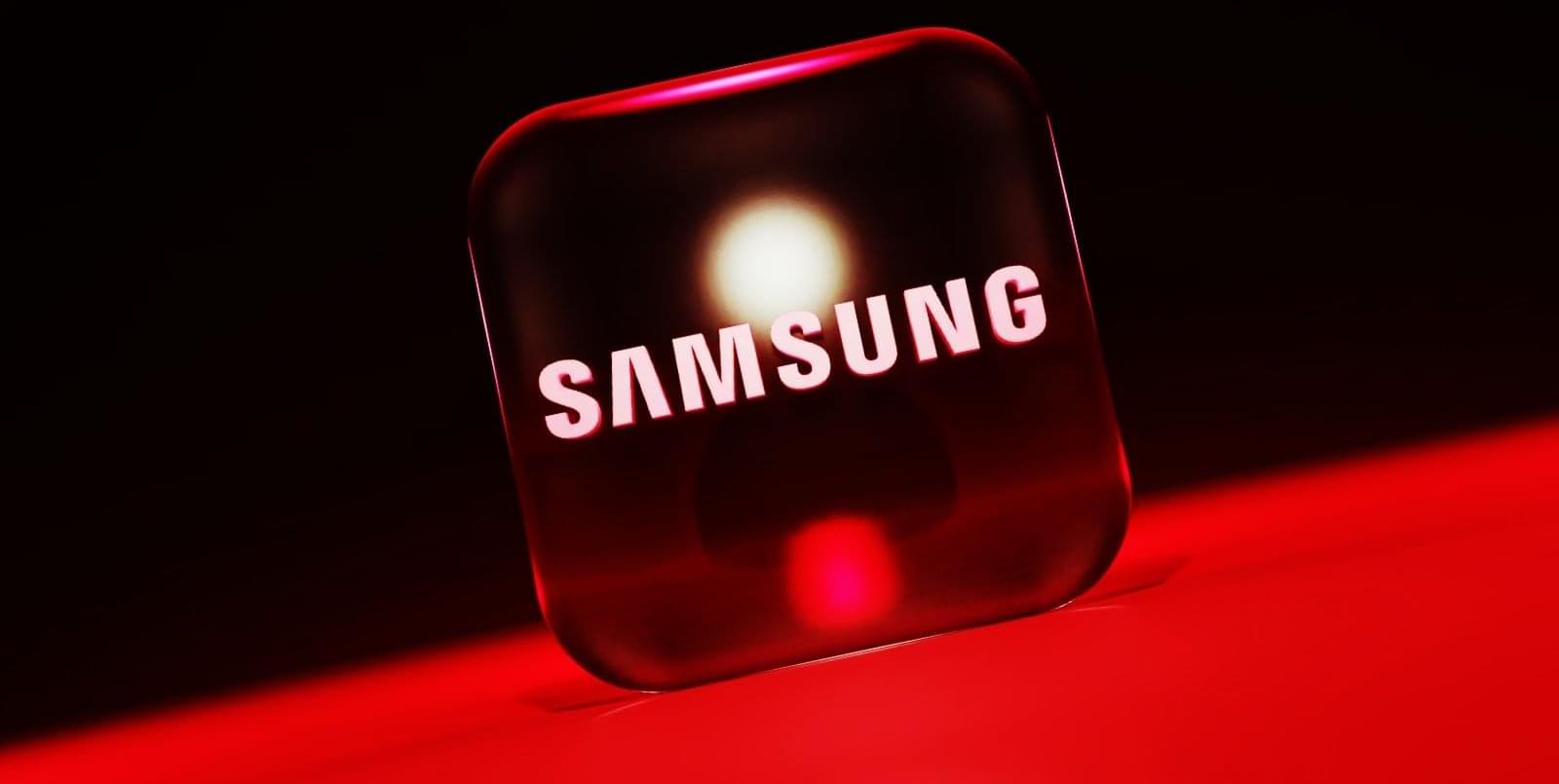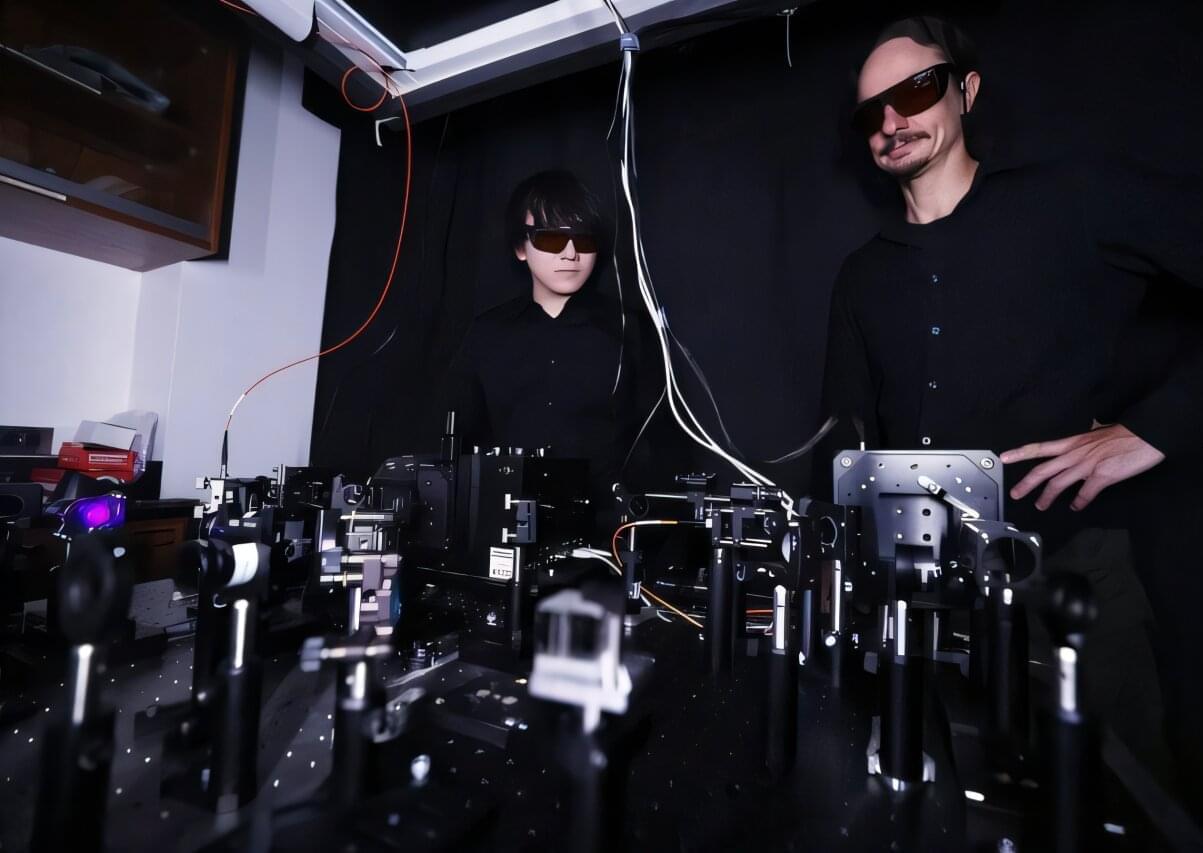Thanks to some longstanding relationships with senior executives in the prepaid and gift card industry has provided us with some unprecedented opportunities.
Our engineers are hard at work building more AI tools and utilities into the user interface and our administrative management dashboard as well.
It won’t be more than a few weeks before our first distributor is interconnected and starting to sell My Instant AI e-PIN codes.
There are many different ways to sell this product. Some will be selling it in their online stores, using their own sales and payment engines, while pulling PINs from our API in real-time as they are sold.
Others will have carded product that has a value applied to it and then activated at the checkout in a retail environment.
Some mobile phone and wireless network providers are including a card in the box, and preloading a shortcut to our platform as an app on the phone’s home screen.






